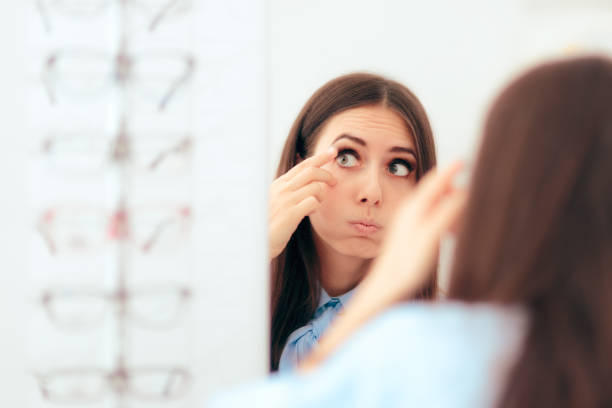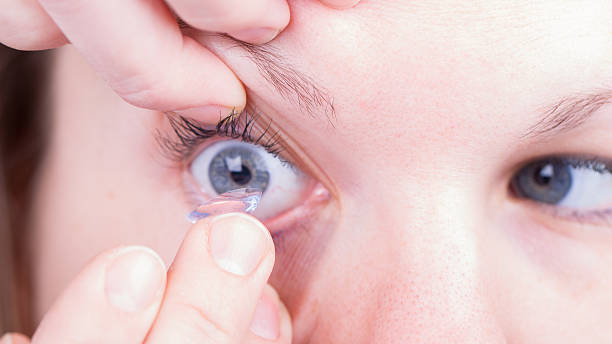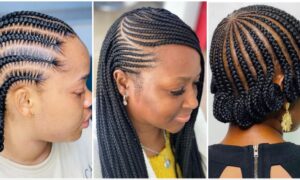Contact lenses are usually for medical or fashion purposes. It is quite common with women. They come in different colors and have a way of making the eyes sparkle. As beautiful as the contact lens may seem, there are some risks involved in using them. Contact lenses ought to be used properly so that users would not feel the side effects that result in poor vision in the long run.
side effects of wearing contact lenses

1. High risk of eye infect
Wearing contact lenses automatically puts you at a greater risk for eye infections. This is partly because you’re putting your fingers near your eyes more often than someone who doesn’t wear contacts, but it’s also just from wearing them.
Keratitis, the most common infection that can result from wearing contact lenses, is caused by dust, bacteria, viruses, and in rare cases, eye parasites. It affects the cornea and causes pain, redness, blurred vision, discharge, and/or watery or irritated eyes.
Keratitis can happen for a number of reasons: when you don’t take your contact lenses out at night, wearing your contacts while swimming, exposing your contacts to any type of water, not cleaning your contacts properly, wearing old contact lenses, or wearing contacts that aren’t properly fitted to you.
2. Corneal Scarring
If you’re allergic to the material used to make the contact lenses (plastic or silicone), or wearing contact lenses for too long, it can cause corneal inflammation and injury, which can lead to scarring and permanent damage to your vision (this is also extraordinarily painful, so corneal scarring is something you want to prevent at all costs). Clean them, check them for scratches, and don’t over-wear them.
3. Increased risk of dry eye syndrome
Itchy, irritated, dry, red eyes are the most common complaints when wearing contact lenses, and these symptoms usually indicate dry eye syndrome. You can get dry eye syndrome even if you don’t wear contact lenses, but it commonly happens when you first adjust to wearing contacts, when your contacts dry out as you’re wearing them, or wear contacts that don’t fit you properly.
As mentioned above, contact lenses can reduce the amount of tears your eyes produce, which act as a “moisturizer.” Soft contact lenses can actually absorb these tears, drying your eyes out even further. Although it’s less common, dry eyes can also cause corneal scarring.
4. Ptosis (eyelid drooping)
Ptosis is the technical term for droopy upper eyelids, and research shows there’s a direct link between wearing both soft and hard contact lenses and ptosis. However, studies show that people who wear hard contact lenses are at a 20 times greater risk of developing ptosis than those who wear soft lenses.
5. Corneal ulcers
Eye infections can cause corneal ulcers, and because contact lens wearers are at a higher risk of eye infections, it makes sense that they’re also at a higher risk of corneal ulcers. These are painful, open sores on the outer layer of the cornea, and it is most often caused by keeping lenses in for too long.
READ ALSO: 5 effective ways to use cucumber to cure acne naturally















